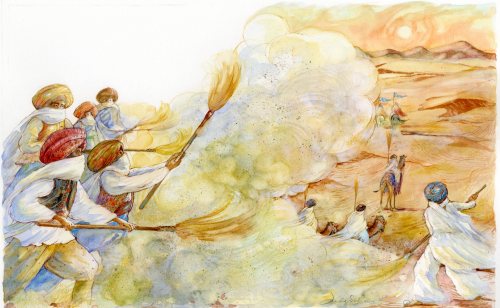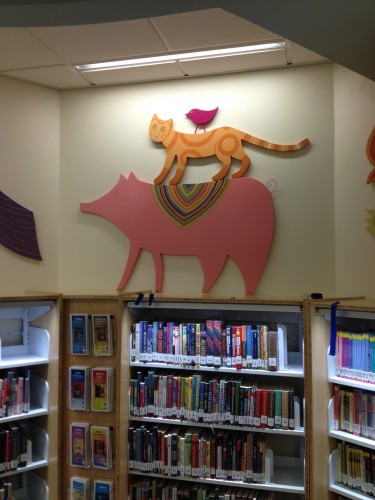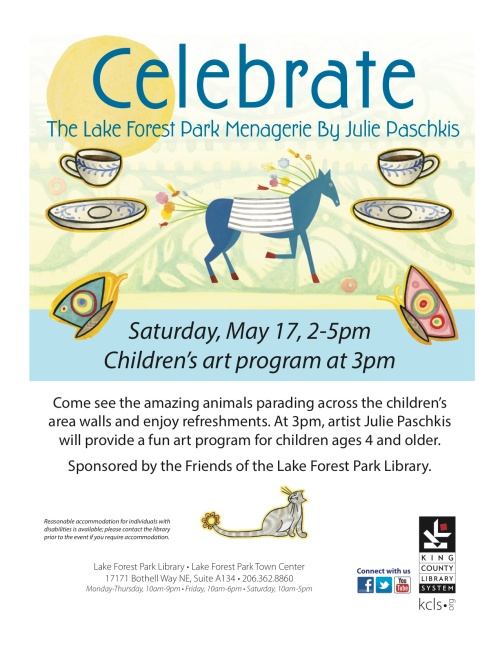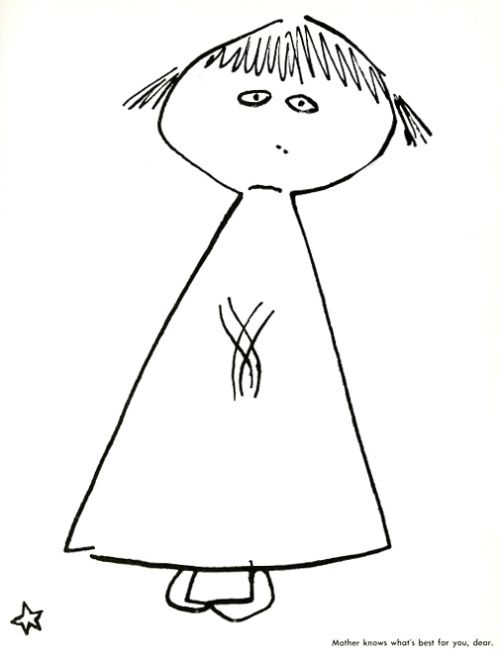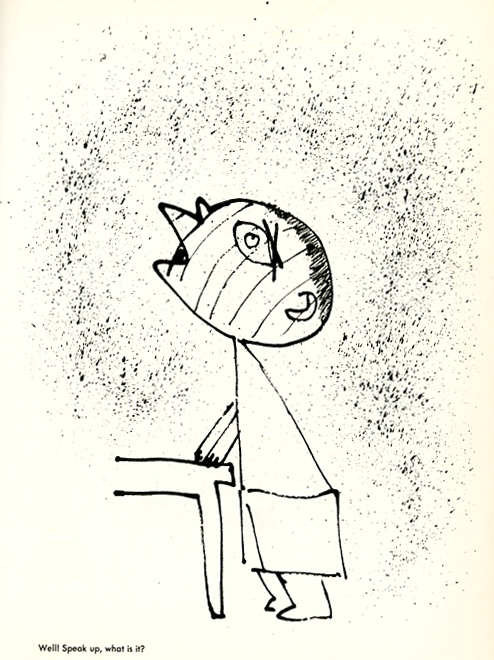
Henry was old for a dog. Nearly 18. He was blind, deaf, arthritic and had grown painfully thin. About a month ago he stopped the small frisking about he did when I brought him in from the outside. And I had told myself it would be time to put him to sleep when he stopped doing that—the last sign of any real joy I saw from him.
But still I hesitated. After all, there was life in him. He liked to eat. He enjoyed standing by the open front door and sniffing the wind. He could still get around—although mostly it had turned into wandering around in an anxious, aimless way.
It was time, really. Not necessarily past time. Henry might have lived along in this fashion for an uncertain number of months. But any “good” days were gone. So it became a matter of when I was ready. Not him.
Today was the day I was ready. My daughters and I took him to the vet and at about 10:30 this morning, he was put to sleep. It was a peaceful death. The room was set up with a cozy blanket. Soft music played. After explaining how things would go, the vet gave Henry a tranquilizing shot.
Henry continued with his anxious wandering for about five more minutes, then at my urging came to the blanket and sunk into a quiet state. Henry was never easy to pet. He was a shiba inu and like many shiba inus he was aloof. He didn’t particularly like being petted. Usually if you approached him you could sense him tolerating your touch until he could move away and shake it off. It wasn’t really until he was around ten that Henry would actively seek out affection. And then, never from strangers.
Shiba inus are beautiful dogs. Most people compare them to foxes with their sharp ears and noses and coats of lush red fur. And they are closer to their wild nature than most dogs. Something in them remains independent and fierce. Henry would duck away if a stranger tried to pet him. That lush fur always just out of reach.
But this morning, Henry fell into his tranquilized sleep and we could pet him to our heart’s content. We cried, laughed and remembered. Then the vet returned and gave Henry his final shot. It worked quickly. In less than a minute, Henry took several sharp breaths. Something about the deep breaths made his mouth turn up and I realized how long it had been since I’d seen Henry smile. It made me feel more certain that I was doing the right thing. Then the vet announced that Henry’s heart had stopped. And we said our last goodbyes.
Now the house feels empty. Eighteen years is a long time. As a writer, home alone much of my day, you were my mostly companion, Henry. The rhythm of our days changed over the years from the days of three and four walks as you were bursting with young energy to the recent days of long, long naps. But they were days we shared.
I always knew you were in the house—barking at the crows who dared to use our roof, joyfully greeting the workmen you seemed to have a natural affinity for, nosing about for some goody in the kitchen, snapping at some fly, officiously investigating odd sounds, paroling the back yard, graciously allowing yourself to be petted, sleeping in my office as I wrote…
You were a good dog, Henry. You were an especially good Henry. And I’ll miss you.













